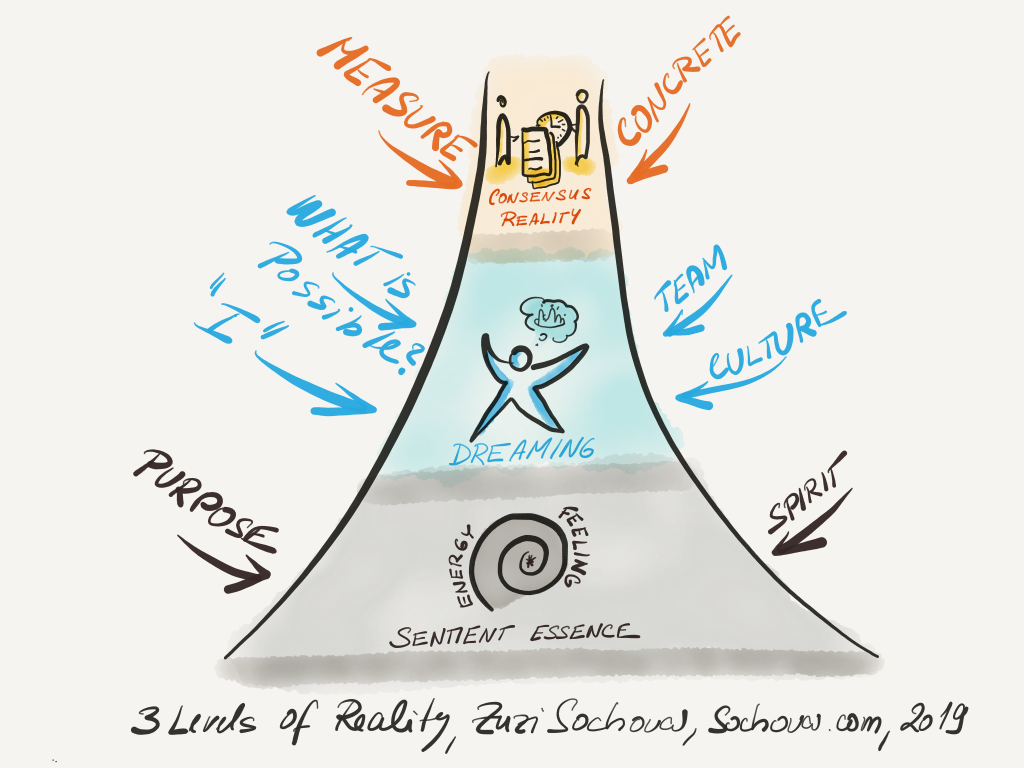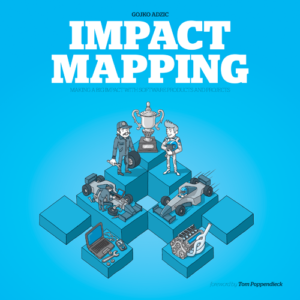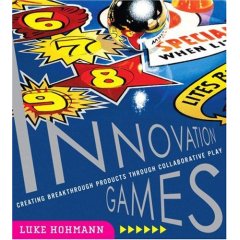One of the tools I have started using more over the years is a metaphor. Many years ago I was taught the Speed Boat retrospective and tried it with teams. It brought great energy and fun, it helped us to uncover different perspectives. But it never occurred to me that I should take the idea to the next level and use it in other situations. So let’s have a look at different situations where metaphor can be useful.
Organizations are often used to look at outputs, measure effort, and compare velocity. One of the shifts that need to happen is from functionality to business value or in other words from output to outcome. And it’s not an easy shift, especially when the organization is still project-oriented, running on the “fixed scope” mindset. One of the reasons I’m using the metaphor with Product Owners is to shake with their business as usual – we deliver requirements – and reset their thinking about the product. I’m leveraging the Three levels of Reality concept I learned from ORSC and guiding them through the Sentient Essence level by exploring a metaphor, through the Dreaming level where the most collaboration at Backlog refinement is happening, to the Consensus Reality level they are used to by setting goals and objectives. The Sentient Essence level is about feelings it’s the spirit of things. It’s where the purpose is born. And the purpose is often forgotten in traditional organizations.
Using a metaphor is also a great icebreaker and team building. You see how different people collaborate, how they react to different perspectives, and look for commonalities. It can help teams to create an identity and become a better team together.
It’s also a great tool for ScrumMasters to reflect on where they like to have the team or the entire organization in six months, a year, or three years.
I’m often starting by letting individuals draw some animal, real or imaginary. Depending on the situation I might help them explore that metaphor more to uncover different aspects of it. Drawing is just one way how to visualize the metaphor. You can ask people to describe it, to create a gesture, song, or dance. There are no limits.
For example “We are like a flock of birds, they can fly fast, but not for long. Some got tired quickly and started falling down but the others continued without noticing. They are strong, they have great eyes, but once they start the journey they don’t like to change the direction.”
Then we compare the individual drawings, looking for similarities and uncovering the differences. And start integrating different perspectives into a coherent picture. It’s different than talking about numbers, goals, and objectives. It brings energy and creativity and I would encourage you to try it. Let me know how it worked for you.






